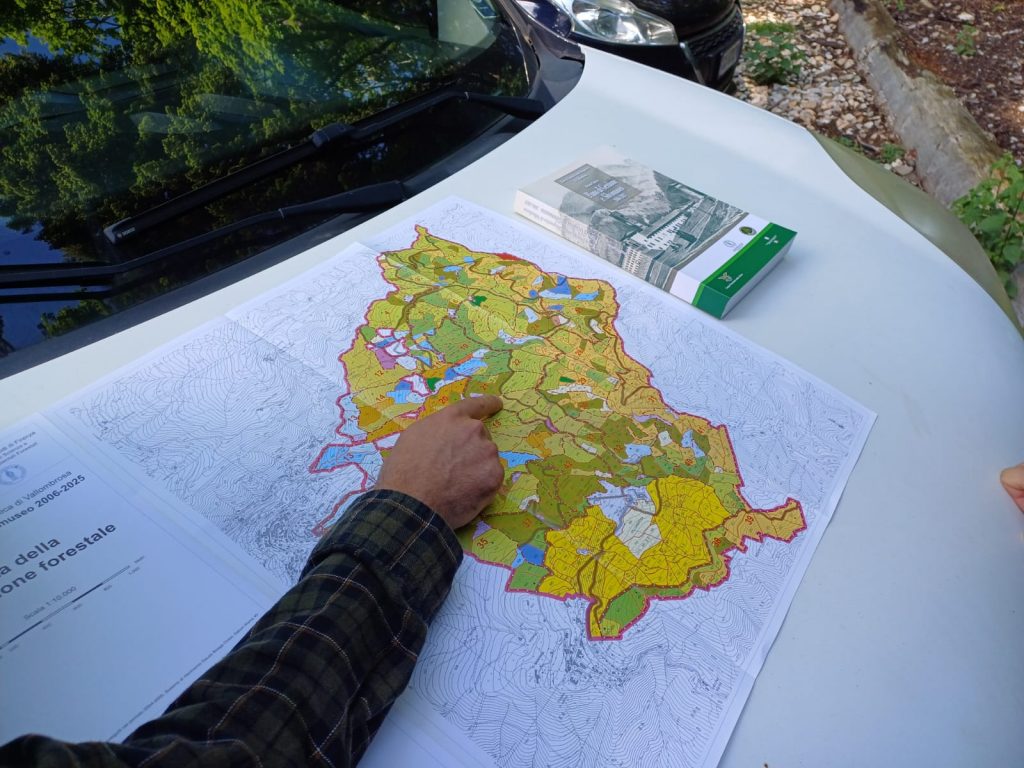Barcelona recently hosted the annual meeting of the DigiMedfor project, a two-day event that brought the various partners involved in the project. DigiMedfor experts gathered to discuss the technical details of the progress made and provide an in-depth overview of how the project is advancing, sharing ideas and suggestions to tackle future challenges in a dynamic and proactive environment.
Updates on the activities carried out in all Work Packages (WP) were presented, collecting comments from all participants and suggestions for possible new interactions.
During the meeting, there was also an excursion to the DigiMedfor project pilot site near Barcelona, where participants had the opportunity to visit the study area and some of the ecosystem services cataloged in the project.
Thanks to the active participation of all the partners involved, the meeting proved to be a great success, allowing for a review of the results achieved and enthusiastic planning of future phases.
More details on the event and more in-depth information regarding the project can be found by visiting the official project website
DIGIMEDFOR moves forward: activities begin on pilot site 1
The activities of Pilot 1, in the territory of the Montagne Fiorentine Model Forest, began after the involvement of the members who own and manage the forest resources.
The surveys started in the Vallombrosa forest, thanks to the collaboration with the Reparto Biodiversità of Carabinieri Forestali, and in the Tenuta di Podernovo, due to the interest shown by the Azienda Agricola Futuro Verde.
The surveys started in the Vallombrosa forest, thanks to the collaboration with the Reparto Biodiversità of Carabinieri Forestali, and in the Tenuta di Podernovo, due to the interest shown by the Azienda Agricola Futuro Verde.
The work began with inventory surveys using the Trestima application, the results of which will later be compared with forest measurements conducted using traditional methods. This will help to adapt the application’s features to the pilot area’s forest stands.
At the same time, a qualitative characterization of the forest stands is being carried out to develop a qualitative index for standing trees, to be added as an additional feature of the application.
The surveys are currently focused on plots of Douglas fir, a species commercially important for its timber production.








